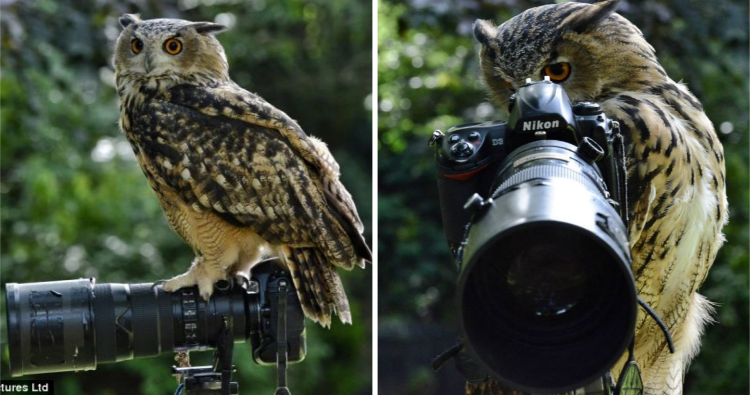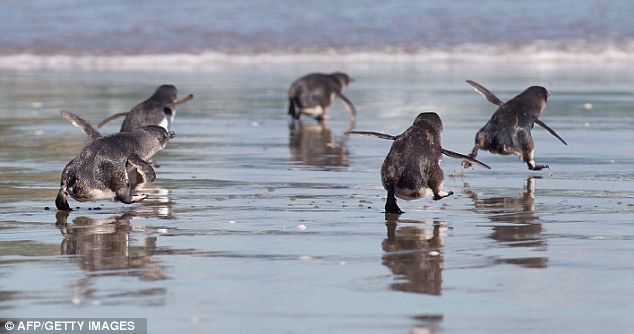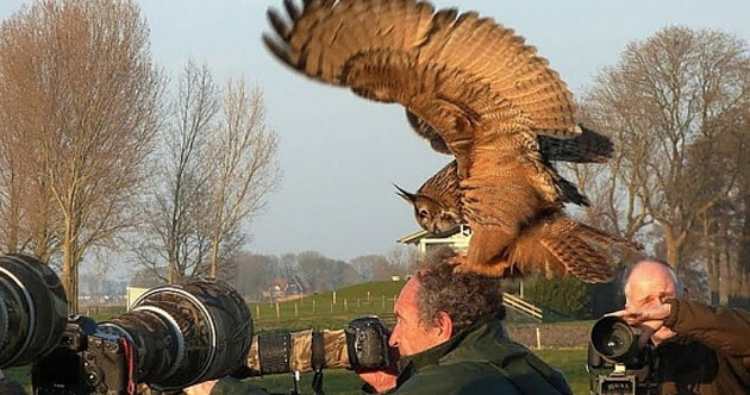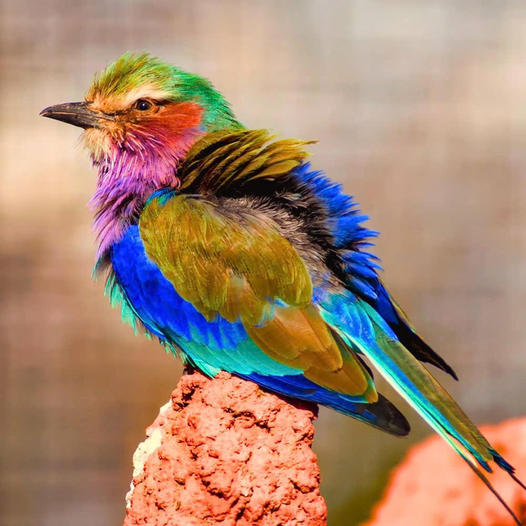The green-winged king parrot, or Papuan king parrot (Alisterus chloropterus), is a type of parrot belonging to the Psittaculidae family and can be found in New Guinea. These parrots prefer living in moist lowland forests or montane forests that are subtropical or tropical in nature.

The Papuan king parrot is a bird that measures 36 cm (14 in) in length, with a lengthy, wide tail. Its legs are dark grey, and its eyes are orange. This parrot has three subspecies and shows sexual dimorphism. The males in all three subspecies can be distinguished by a noticeable broad pale-green band on each wing, similar to a shoulder stripe. However, the differences between females in each subspecies are more apparent than those in males.

The male bird boasts a vibrant appearance with a red head and neck, blue back and rump, red lower parts, and green wings that feature a wide band of pale-green. The male of the A. c. chloropterus variety displays blue extending from the back to the hind neck. Meanwhile, the female of both the A. c. chloropterus and A. c. calloterus subspecies features a red abdomen, with the green over the head and neck merging with the green of the back and wings, while vague transverse green and red striations adorn the chest. In contrast, the female of the A. c. moszkowskii variety showcases a red head, neck, chest, and lower abdomen, much like the male, but differs in having a significantly smaller pale-green wing band.

The species’ distribution and natural habitat are primarily located in central and eastern parts of New Guinea, specifically east of the Weyland Mountains. These creatures can be found dwelling in forested areas, with their natural habitat extending up to an altitude of 2600 meters.

When it comes to their behavior, birds are usually found in pairs or small groups of up to 10. They tend to blend in with their surroundings while quietly feeding in dense forests, often on small trees or low branches of larger ones. These feathered friends have a diet consisting of berries, fruit, seeds, and maybe even some insects.

Video:




